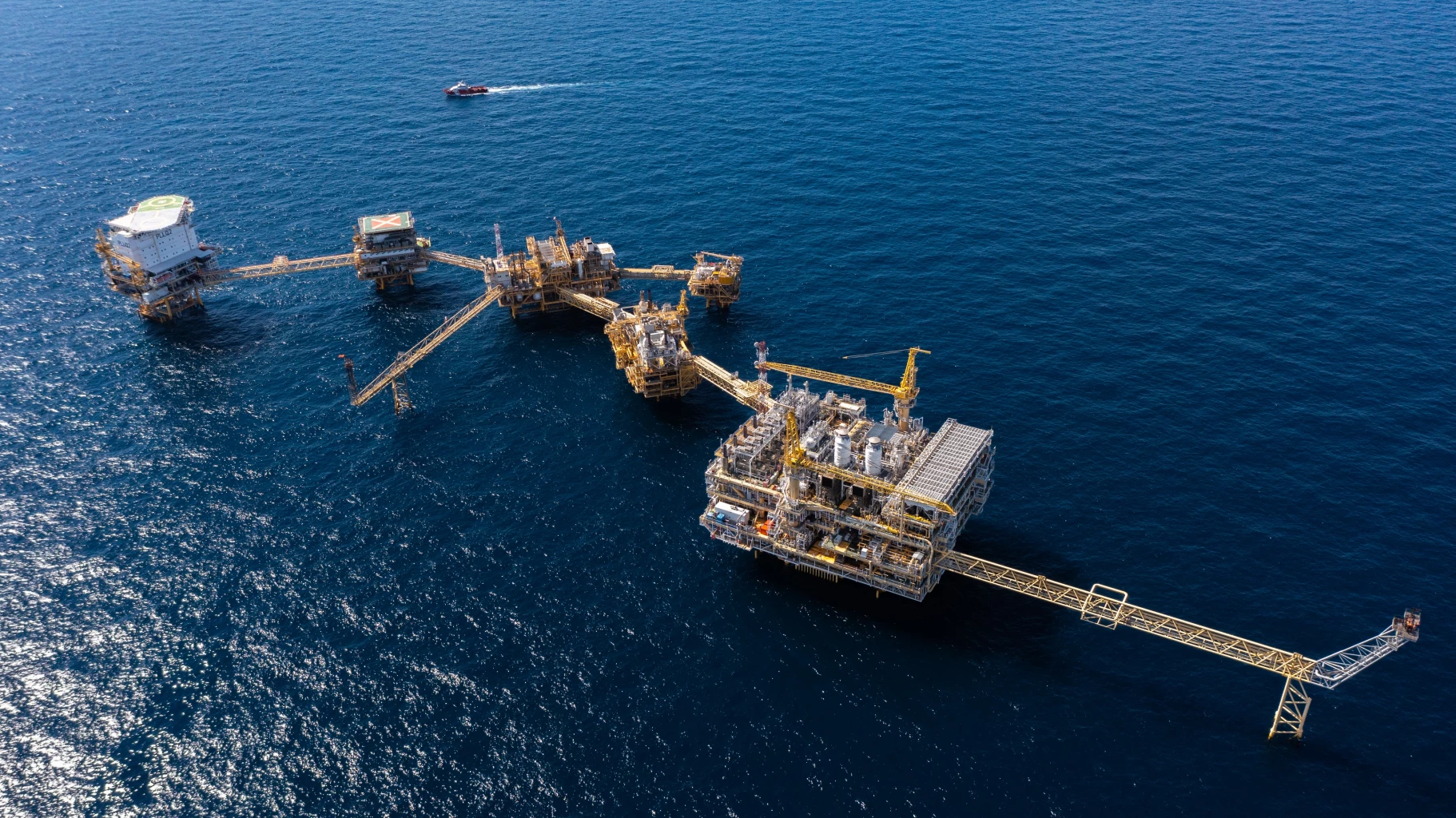New Myanmar govt faces test

THE NEW Myanmar government must meet several challenges to ensure that the high growth rate expected for 2016 and 2017 is sustained so as to benefit the entire society, according to the Asian Development Bank.
At a press conference on Wednesday, Winfried Wicklein, ADB country director for Myanmar, lauded the economic and social reforms undertaken in the last four years. However, he said Myanmar’s new government will face the challenges of advancing the economic reforms, addressing infrastructure and labour shortages, and making progress towards peace and social cohesion.
“It is very, very important for the country to grow rapidly. But you need to create access for 70 per cent of the population living in rural areas to market, opportunities and basic services like hospitals and schools, etc. Disaster risk management, education and technical training are really important. Intensified efforts are needed to connect and develop rural areas to improve access to markets and services, and to generate opportunities and jobs. Fast growth is important. At the same time, it is necessary to raise the income of families in rural areas. You have to make sure nobody is left behind,” he said.
In the Asian Development Outlook (ADO) 2016, Myanmar is set to lead all Asean nations in terms of growth rate in 2016 and 2017, with growth forecasts of 8.4 and 8.3 per cent for the two fiscal years. In fiscal 2015, the growth rate was estimated at 7.2 per cent.
Elsewhere in the region, Cambodia is close behind with 7 per cent growth forecast, Laos (6.8 per cent), Vietnam (6.7 per cent), the Philippines (6 per cent). These top 5 countries will be followed by Indonesia (5.2 per cent), Malaysia (4.2 per cent), Thailand (3 per cent), Singapore (2 per cent) and Brunei Darussalam (1 per cent). The outlook is bright, according to Wicklein, who looks forward to supporting the new government in achieving Myanmar’s development goals.
A successful political transition is expected to give a boost to foreign direct investment.
However, while inflation would remain as high as 9.5 per cent in the 2016 fiscal year ending March 31, 2017, thin foreign reserves and fiscal buffers could pose risks to the economic outlook, according to ADB deputy country director Peter Brimble.
Other risk factors are the capacity of the government to maintain reform momentum, ethnic and sectarian tensions, and vulnerability to bad weather.
Infrastructure as “core” area
The ADO 2016 underscores the importance of Myanmar’s transport infrastructure after decades of under-investment. ADB estimates that US$60 billion (Bt2.1 trillion) will be needed through 2030 to improve transport infrastructure. This requires the government to raise its transport investments to 3-4 per cent of gross domestic product, from a little more than 1 per cent in recent years.
Brimble said that 60 per cent of Myanmar’s trunk road network needs urgent repair, while public transport remains very inadequate. He welcomed the incoming government’s decision to form a unitary transport ministry and create a new national transport master plan.
“Given the immense funding required, private sector resources could be mobilised through the restructuring of concessions to operate toll roads, competitive outsourcing of civil works, and privatisation of state-owned enterprises,” he said.
Wicklein noted that Myanmar would need approximately $120 billion by 2030 to improve its infrastructure as a whole, including $40 billion in electricity-generation capacity, transmission and distribution. Another $20 billion is expected for the telecom sector and urban infrastructure.





